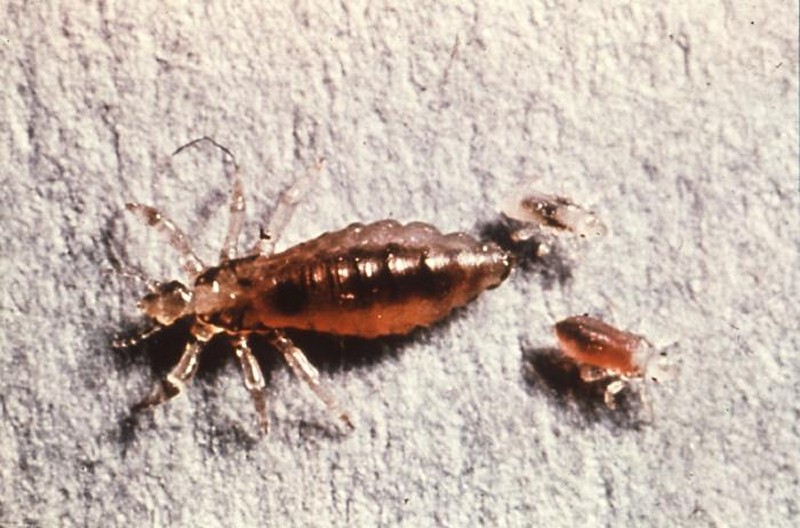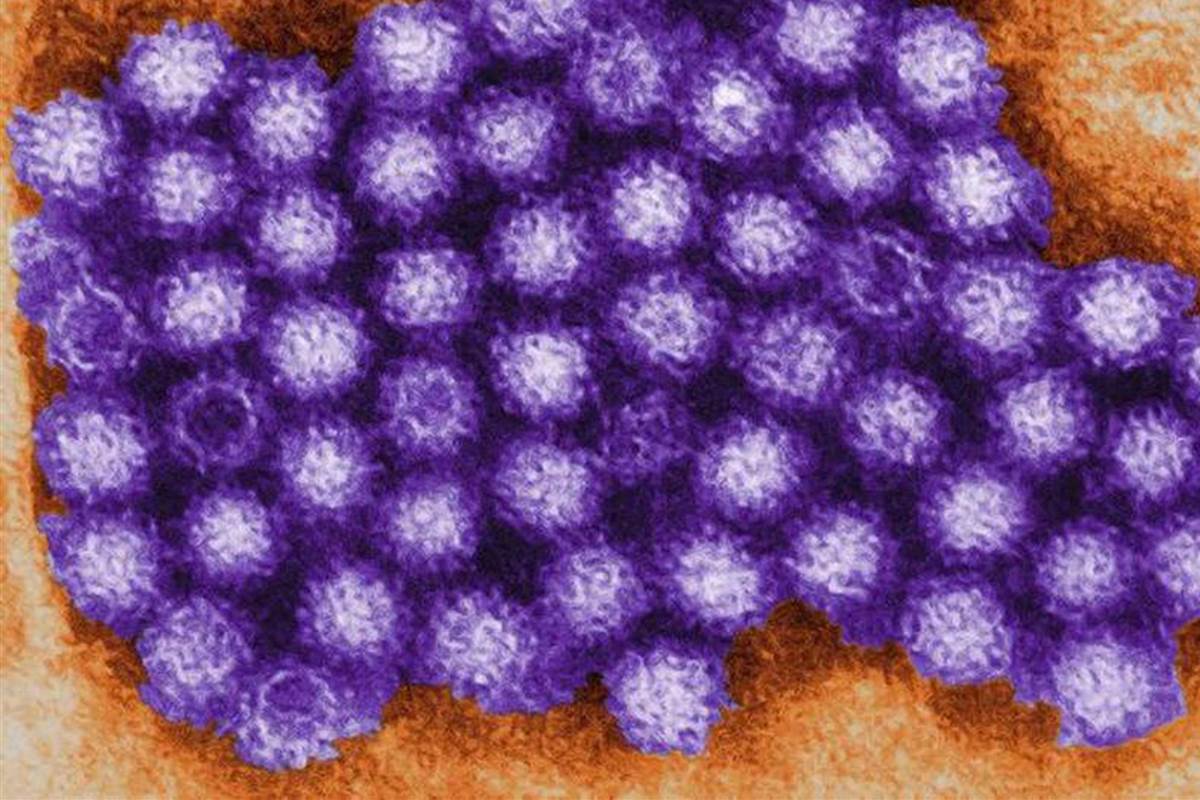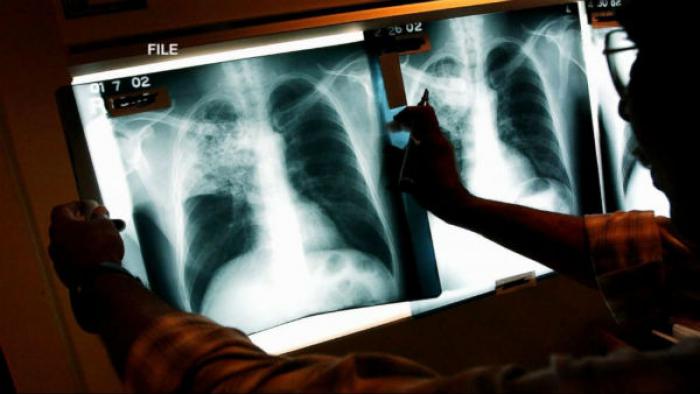Infections You Can Expect to Encounter in SHTF Situations
Many infections that spread like wildfire are kept at bay due to basic sanitation standards that we have in place. However, during an SHTF situation, chances are that disruptions will occur that can cause a severe outbreak of numerous diseases that are rare. Here is a list of the biggest biological threats that you can expect to face once sanitation services go into disarray.
Dysentery
Dysentery is an infection of the intestines that causes frequent and relentless diarrhea. They are caused by microbes that are present in contaminated water. It can also be spread from person to person in unhygienic conditions. Symptoms can include anything from severe dehydration to bloody, mucous-laden stools, intense abdominal pain, cramping and a constant urge to go to the bathroom.
Simple hand washing, cleaning of surfaces, water purification and the avoidance of coming into contact with dirty water supplies are the best things to do to prevent infection. Treatments generally involve rehydration and a course of strong antibiotics. You can also take carbon tablets a few times a day. These will destroy many of the microorganisms in the intestines that are causing this condition and can provide significant relief as well.
Typhus from Lice
Lice feed on the blood of humans and defecate on the skin and bite sites. If a louse feeds off of a person who has this bacteria, it can be easily transmitted to other people. This rare problem can explode into an epidemic, especially in unsanitary conditions where many people are in close quarters. Shelters are particularly dangerous places to be if good sanitation measures are in place.
Symptoms of typhus include severe headaches, coughing, fever, muscle pains, chills, a sensitivity to light, circulatory problems, reduction in levels of consciousness and death. A rash will usually develop on the chest a few days after exposure and spread throughout the body. The mortality rate can be as high as 60% if left untreated. The good news is that it only takes a course of antibiotics to kill off this bacteria. The bad news is that access to treatment may be limited during a SHTF situation.
Norovirus
Norovirus is a very contagious virus that settles in the gastrointestinal tract. Expect to have a low-grade fever, weakness, achy muscles, nausea and projectile vomiting. The virus spreads from the expulsion of bodily fluids, person to person contact or contact with surfaces that are infected. This is especially true in close quarters where sanitary practices are not observed. This virus can be fatal if it causes internal bleeding or dehydration.
The best way to prevent the spread of this virus is to isolate infected individuals, wear face masks and frequently wash hands with warm, soapy water. Surprisingly, hand sanitizers are not as effective at killing off the virus as hand washing.
Tuberculosis
Tuberculosis is not a big problem in the developed world, but it is making a resurgence due to its resistance to common treatments. It can also spread like wildfire in close quarters as an infected person coughs and sends the bug flying into the ambient air. Coming into contact with any bodily fluids from an infected individual is the primary mode of transmission. Poor sanitary conditions, lack of sleep and malnutrition all contribute to the spread of this highly-contagious condition.
Effective treatment of tuberculosis involves long courses of antibiotics, many of which are no longer effective. Patients need to be isolated and given plenty of food and water in addition to sustained therapeutic treatments. Unfortunately, these may not be available in a SHTF situation.
These are just a few examples of dozens of nasty microbes that will make a resurgence in a prolonged crisis. The best way to avoid getting infected is to stay away from crowded places and maintain high sanitary conditions. Stock up on supplies now and establish a bug-in or bug-out location that is safe from cross-contamination in order to avoid becoming victimized by these potentially-fatal bugs.









